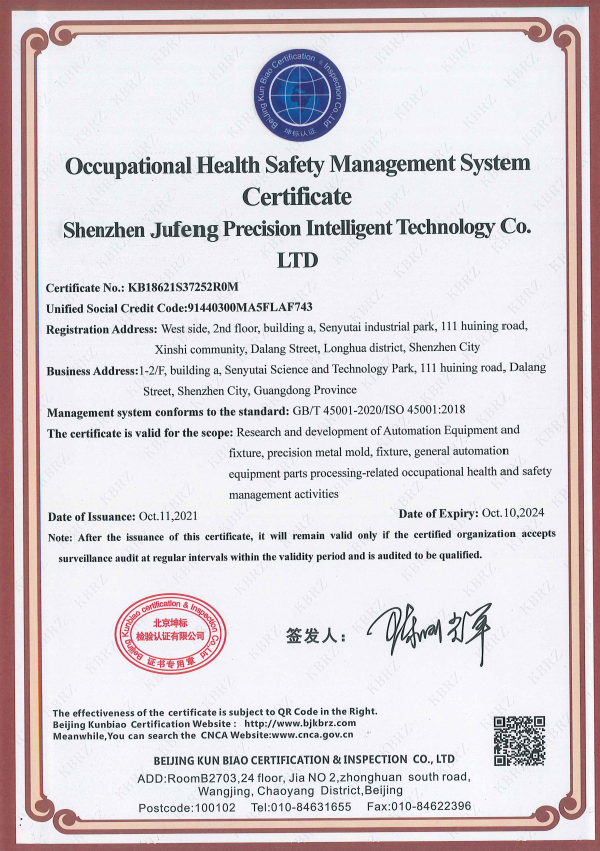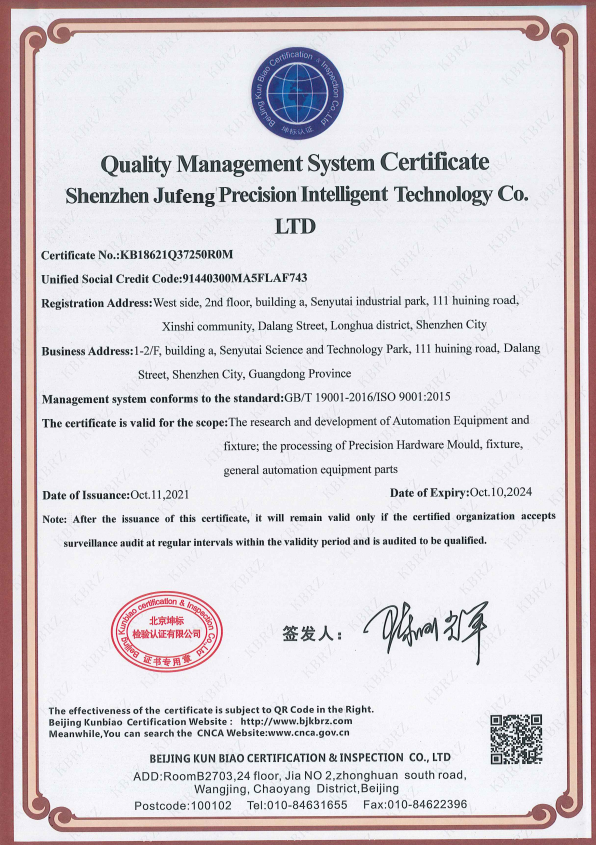News
How CNC Precision Jigs Facilitate Complex Product Machining for Enhanced Efficiency
How CNC Precision Jigs Facilitate Complex Product Machining for Enhanced Efficiency
Table of Contents
- 1. Introduction to CNC Precision Jigs
- 2. What Are CNC Precision Jigs?
- 3. Benefits of Using CNC Precision Jigs
- 4. Applications of CNC Precision Jigs
- 5. Designing a CNC Jig for Precision
- 6. Challenges in Using CNC Jigs
- 7. The Future of CNC Precision Jigs
- 8. FAQs About CNC Precision Jigs
- 9. Conclusion
1. Introduction to CNC Precision Jigs
In the realm of **industrial manufacturing**, the complexity of products is continually increasing. To meet these new demands, manufacturers are turning to advanced tools such as **CNC precision jigs**. These devices are designed to ensure that manufacturing processes remain both efficient and accurate, thereby enhancing overall productivity.
2. What Are CNC Precision Jigs?
CNC precision jigs are specialized fixtures that hold and guide workpieces during the machining process. They are essential for achieving high levels of accuracy and repeatability, particularly when fabricating complex geometries.
2.1 Types of CNC Jigs
There are several types of CNC jigs available, each tailored to specific machining tasks. Common types include:
- **Drilling jigs**: Used primarily for precision drilling operations.
- **Milling jigs**: Designed for holding workpieces during milling processes.
- **Assembly jigs**: Facilitate the assembly of components with precision.
2.2 Components of CNC Jigs
The main components of CNC jigs typically include:
- **Base plate**: Provides a stable foundation for the jig.
- **Clamping devices**: Secure the workpiece firmly in place.
- **Guides and bushings**: Ensure correct positioning of tools during machining.
- **Alignment features**: Help in accurately positioning the workpiece.
3. Benefits of Using CNC Precision Jigs
The advantages of utilizing CNC precision jigs in manufacturing processes are multifaceted.
3.1 Improved Accuracy in Machining
One of the most significant benefits is the **improved accuracy** they offer. CNC jigs eliminate human error by ensuring that workpieces are positioned precisely. This precision results in better quality products and reduced waste due to errors in machining.
3.2 Reduced Production Time
CNC jigs also contribute to **reduced production time**. By streamlining the machining process, they facilitate faster operations, allowing manufacturers to meet tight deadlines without compromising quality.
4. Applications of CNC Precision Jigs
CNC precision jigs find applications across various industries, demonstrating their versatility and effectiveness.
4.1 Use in the Automotive Industry
In the automotive industry, CNC jigs are invaluable for producing components that require high precision, such as engine parts and chassis components. They ensure that every part meets stringent safety and quality standards.
4.2 Use in the Aerospace Industry
The aerospace industry relies heavily on precision jigs for manufacturing components like airframes and engine parts. The complexity and critical safety requirements in this sector necessitate the use of highly accurate and reliable jigs.
5. Designing a CNC Jig for Precision
Designing an effective CNC jig requires careful planning and consideration.
5.1 Key Considerations in Design
Key considerations include the type of machining operation, the material of the workpiece, and the required tolerances. An effective jig design will incorporate adjustable features to accommodate various workpieces and machining methods.
6. Challenges in Using CNC Jigs
Despite their numerous advantages, CNC jigs also present certain challenges. These can include high initial costs, the need for skilled personnel for setup and operation, and the maintenance of jigs to ensure continued precision over time.
7. The Future of CNC Precision Jigs
The future of CNC precision jigs appears promising, particularly with the advancement of technologies such as **3D printing** and **robotic automation**. These innovations are expected to enhance the customization and efficiency of jigs, making them even more integral to modern manufacturing processes.
8. FAQs About CNC Precision Jigs
1. What materials are CNC jigs made from?
CNC jigs can be made from a variety of materials, including aluminum, steel, and composite materials, depending on the requirements of the machining process.
2. How do CNC precision jigs improve production quality?
By ensuring consistent and accurate positioning of workpieces, CNC jigs significantly reduce the likelihood of machining errors, leading to higher quality outputs.
3. Can CNC jigs be customized for specific operations?
Yes, CNC jigs can be designed and tailored according to specific machining operations and workpiece characteristics to maximize efficiency and precision.
4. What are the maintenance requirements for CNC jigs?
CNC jigs require regular inspections and maintenance to ensure they remain accurate and functional. This includes cleaning, lubrication, and adjustments as needed.
5. Are CNC jigs suitable for small batch production?
Yes, while CNC jigs are often used for large-scale production, they can also be beneficial in small batch production, especially when precision is critical.
9. Conclusion
CNC precision jigs are revolutionizing the landscape of complex product machining. Their ability to enhance accuracy, reduce production time, and cater to diverse industry needs makes them an essential tool in modern manufacturing. As technology continues to evolve, the role of CNC jigs is expected to expand, further driving efficiency and precision in the industry. Embracing these advanced tools can lead to significant improvements in both product quality and operational productivity, ensuring manufacturers remain competitive in a rapidly changing market.
Prev




